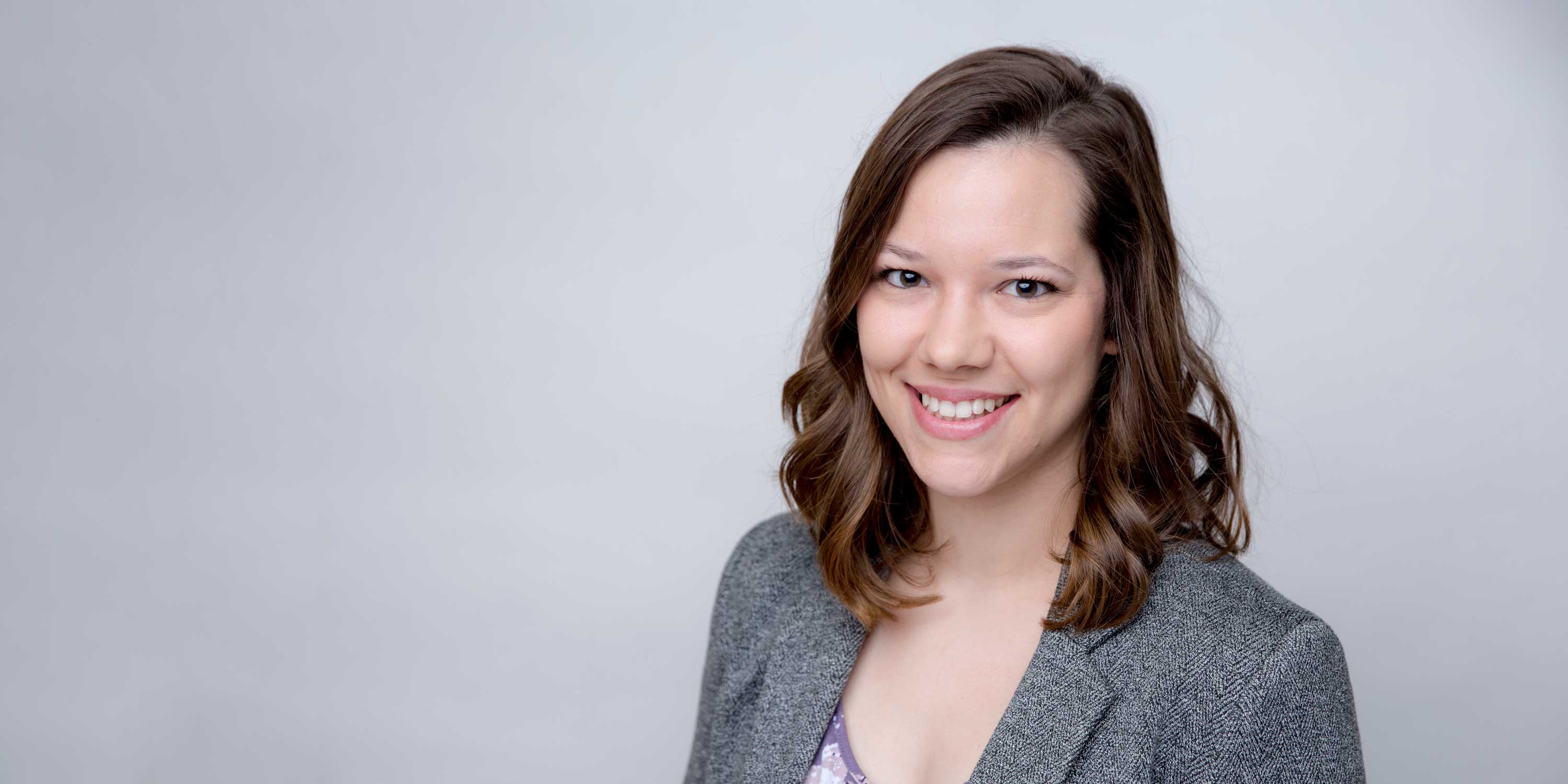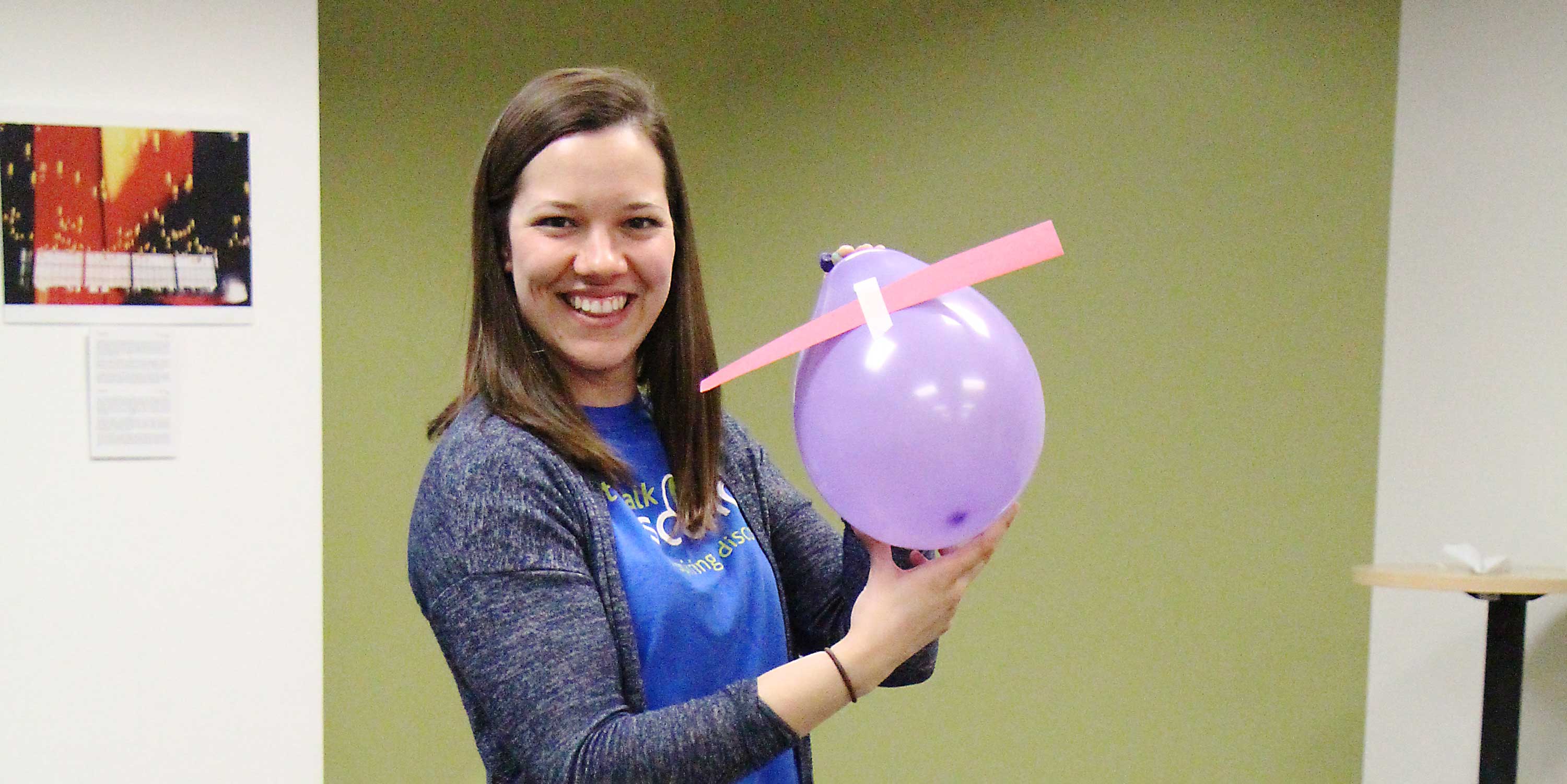Maxine Myre’s genesis as a researcher began with an investigation into the inflammatory responses of, among other things, fat cells.
And although fat plays as important a role in the healthy function of people as any other component, the negative relationship we have developed between weight and health triggered a fascination within Myre.
“I'm a fairly active person, but I would find myself getting annoyed when somebody would say we need to do this exercise so that we can burn off something we ate or make physical activity all about body weight,” said Myre, who graduates this week from the University of Alberta with a PhD from the Faculty of Kinesiology, Sport, and Recreation.
“There are so many benefits to physical fitness whether or not you lose weight—that needs to be the message.”

Myre’s research interests also saw her volunteer with Obesity Canada, Canada’s leading obesity charity, where she gained a better understanding of the field of obesity research as a whole—including basic science, public health, epidemiology, mental health and the negative impact of weight stigma.
“That's when my beliefs and assumptions about the relationship between weight and health were challenged, and I learned about the role of weight stigma in health,” she said.
Passion for health promotion
It wasn’t long before Myre knew her true passion lay in health promotion. She completed a graduate diploma in science communication, and combining this with her interest in physical activity led her to work with Tanya Berry, Canada Research Chair in Physical Activity Promotion.
“I was interested in examining how weight and health are sometimes conflated in health promotion and health communication, which can lead to the maintenance of weight stigma.”
In 2015, Myre came west to join Berry’s team, where she promptly won a prestigious Vanier Canada Graduate Scholarship.
Myre’s research began uncovering the damage that weight stigma was doing, especially when it comes to physical activity. Women who participated in her research not only cited untoward comments and treatment when attempting to engage in physical activity, but also said they experienced a lack of clothing options, inaccessible exercise equipment and less-than-inspiring physical activity messaging.
The result was that physical activity was turned into a lose-lose situation and viewed as a means to an impossible end—weight loss.
“If you are going into physical fitness with the mindset that you’re doing it for weight loss and that's the only way you’ll feel successful, you're likely setting yourself up for failure,” said Myre.
Myre also looked at different types of images used in physical activity. Not surprisingly, participants reported that exercise is predominantly portrayed by people who are “fit”—meaning toned, slim and muscular.
But when the physical activity messaging and settings were weight-neutral, women had an increased sense of belonging and personal well-being.
She also found that for women—typically older—who resisted weight-stigmatizing beliefs, physical activity began to uncouple from body weight and was seen differently: as a way to improve mental and physical health, build friendships and increase energy.
“I think those kinds of ideas are becoming more popular because people are realizing that if it's all about weight loss, that’s not the best way to promote physical activity,” said Myre.
Helping kids get the right message
Besides cleansing physical activity of weight stigma, Myre said one way to promote weight-neutral physical activity is by getting the message out to youngsters, which she has been doing through Let's Talk Science, a national not-for-profit that promotes science literacy among youth.
“It was a cool way to communicate science research in an easily accessible way,” said Myre, who has been volunteering with the group since 2011. “And I always learned something.”
Myre said she often entered the classroom with activities about subject material outside of her comfort zone, such as describing electricity or talking about Mars.

“It reminds you why you were interested in that field in the first place,” she said. “When I go do some of those activities and see how excited kids are to learn or how much fun they are having, it really increases your energy towards your own research.”
The lectures on Mars and electricity ultimately evolved into talks on the importance of physical fitness.
“Physical activity is such an important part of my life, and it's something I believe should be available for everyone no matter their body size or shape,” said Myre.
“Now, every time someone asks me to do a presentation about weight stigma, I just can't say no, because it's something I believe is important and I like to get people to at least start to think about it.”
Looking ahead, Myre said she will build on her PhD research to understand how weight stigma intersects with other forms of marginalization and oppression, and understand the impact of the COVID-19 pandemic on weight-related issues and concerns among children and adolescents.
“I will continue to focus on communicating my research to people who can apply it, such as health promoters, kinesiologists, dietitians, personal trainers and other professionals in the health and education fields,” she said.
“Basically, training the workforce for tomorrow.”